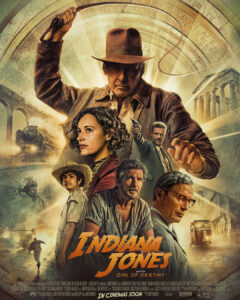Great Gerwig’s 2023 film Barbie exits in a state of quantum superposition. Observed from one perspective it is a light, frothy summer movie, exploding in pink and pastels, full of fun, escapism, and the ahistorical innocence for childhood. From another perspective it is a slashing, scathing satire, scorching its targets with sharp, pointed commentary, ridiculing the inflated egos of the self-important and mocking the political patriarchy. And from yet another perspective is nearly a platonic example of everything wrong with modern cinema as a grubby I.P. driven cash-grab, weaponizing naive nostalgia as it concocts from a plotless, storiless, corporate property a feature film script joining the ranks of Battleship, Clue, and The Country Bears.
This is a very difficult film to discuss as its three natures are all worthy of intense study and interrogation.
First let’s review the film in a non-spoilers fashion, covering nothing that was not one of the several trailers.
Stereotypical Barbie (Margot Robbie) lives a perfect life of frolic and fun in her dreamhouse in Barbieland alongside all the variants of Barbie and Ken. Disturbed by intrusive morbid thoughts which disrupt her ability to live carefree Barbie journeys with Beach Ken (Ryan Gosling) to the ‘real world’ in search of answers. Their adventures and transgressions across the realities endanger Barbieland and Stereotypical Barbie returns to Barbieland hoping to repair the damage and restore its perfect existence.
The film is a masterpiece in the cinema arts. Production design and cinematography embraced the candy cotton nature of the script, abandoning all attempts at ‘reality’ within Barbieland and in doing so created a suspension of disbelief that allowed the film to achieve a verisimilitude that transcends all artificiality. The actor’s stylized performances, particularly while in Barbieland, create their superposition state being both unreal and emotionally truthful. Gerwing’s direction and Rodrigo Prieto’s camera work are flawless, capturing character, scene, and story in a seamless fashion that belies the difficulty of their objective.
Barbie has been called, liberal, leftwing, and ‘woke.’ This is so blindingly obvious and intentional that film might as well be wearing a beret, speaking in a French accent, with knuckles bloodied from street fights with Fascists for how proudly it wears it political and philosophical colors. Criticizing Barbie on such accounts is as ridiculous as disparaging the conservative nature of 1984’s, Red Dawn as it is the point of the project. It is a film with a message, one it does not shy away from, one it does not attempt to slip unnoticed into the plot, one that it fervently believes in.
Barbie is also a two-hour commercial for Mattel’s doll and its sundry accessories, an I.P. focused product intent on producing profit from already possessed property, joining the ranks of G.I. Joe, He-Man, and Pirates of the Caribbean. Its self-awareness and its cutting satire add value and depth to the film but do not erase the corporate goals it also incorporates.
It is easy to see how Barbie infuriates some, from its appropriation of cinema classics such as 2001: A Space Odyssey to its dismissal of the Snyder edit of Justice League the film stakes out positions and holds them with conviction. The movie that came to my mind as I watched Barbie was not its cinematic fraternal twin Oppenheimer, but 1998’s Star Trek: Insurrection and the relationship between the pair I will have to explore in spoiler containing post.
Barbie is several films coexisting together on that silvered screen, all of them expertly crafted and worth the time and money to see in a good theater,
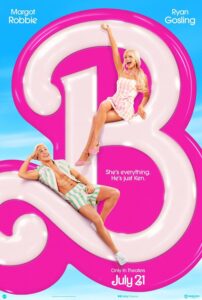 .
.
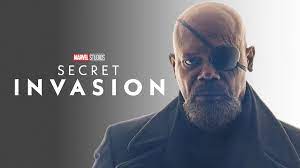 .
.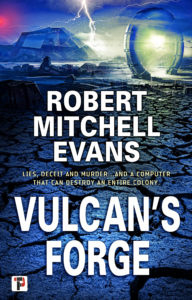
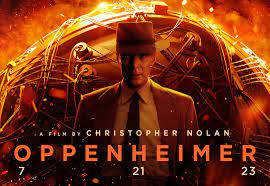
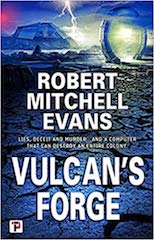
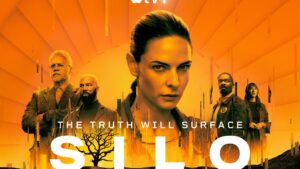 .
.